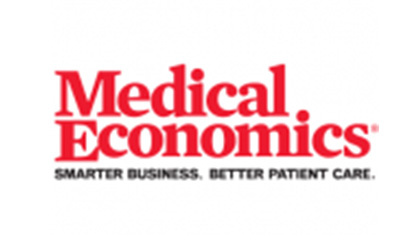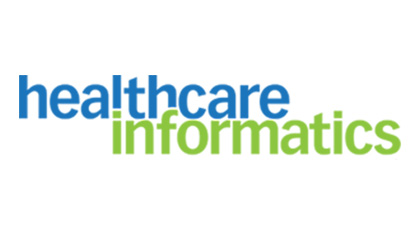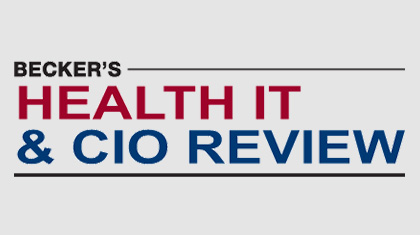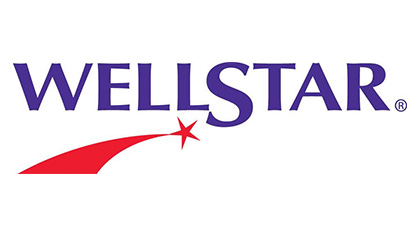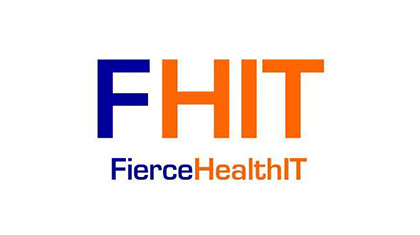Many physicians are not comfortable sharing their progress notes with patients, concerned that they will take offense, be confused and add to the practice workload by calling or emailing with questions. But under the Health Insurance Portability and Accountability Act (HIPAA), physicians must share their notes with patients who ask. Some physicians have embraced this…
Healthcare Transparency
Transparent Electronic Health Records and Lagging Laws
Millions of patients are accessing their medical records online via secure electronic patient portals. They are also increasingly uploading data directly into their records, and many clinicians now offer patients ready and ongoing access to the notes that document encounters. In response, patients report improved understanding of their care, better recall, enhanced adherence to care plans, and an increased sense of control over their health.
When Patients Teach
As soon as the elevator door closed, the tears gave way, and I walked home with my head down … thoughts of my mistakes running rampant.
So began the reflection of a third-year medical student, who described falling short of his residents’ expectations on a history and physical examination. The crucial flaw? He had taken too long. His reflection continued:
[The next day], an elderly patient, traction stockings covering her small, dark brown legs, shuffled toward me. She stopped directly in front of me, her delicate, slightly stooped frame supported by her thin hand, grasping the IV pole. “Young man,” she said, “I heard you speaking to the patient in the bed next to me [last night]. And I just wanted you to know that I’m just so proud of you.… How you spoke to that patient with such care and intelligence. I’m just so proud.”
Healthcare Informatics: How will the OpenNotes movement and consumerism help tip physician documentation reform into reality?
Something really interesting is happening these days around physician documentation. For years now, as patient care organizations have implemented electronic health records (EHRs), the shift from paper to electronic documentation has led to some unfortunate unintended consequences. Chief of these has been the phenomenon of “note bloat”—the electronic agglutination of physician notes and other data,…
Time for quality measures to get personal
In its landmark report Crossing the Quality Chasm, the Institute of Medicine (IOM) identified six aims for shaping the future of health care.1 The report argued that care should be safe, effective, patient-centered, timely, efficient, and equitable. Some of these aims necessitate trade-offs with each other. For example, prioritizing effectiveness may constrain efficiency, or efficiency may compromise timeliness. Although there is no inherent conflict between effective care and patient-centered care, clinical practice guidelines and quality metrics often emphasize effectiveness over patient-centered care. In this article, in lieu of “patient-centered care,” which the IOM defined as “providing care that is respectful of and responsive to individual patient preferences, needs, and values and ensuring that patient values guide all clinical decisions,”1(p. 6) we use the term personalized care.
Becker’s Health IT & CIO Review – Patients push for transparency: OpenNotes at Northwest Permanente
The patient-physician relationship has long been uni-directional: The clinician determines a diagnosis and treatment plan, and the patient follows along, taking the clinician’s word at face value. But now, patients have developed the autonomy and desire to be active participants and decision-makers when it comes to their care. This transition became fairly evident to Kaiser…
Family Caregivers and Consumer Health Information Technology
Health information technology has been embraced as a strategy to facilitate patients’ access to their health information and engagement in care. However, not all patients are able to access, or are capable of using, a computer or mobile device. Although family caregivers assist individuals with some of the most challenging and costly health needs, their role in health information technology is largely undefined and poorly understood. This perspective discusses challenges and opportunities of engaging family caregivers through the use of consumer-oriented health information technology. We compile existing evidence to make the case that involving family caregivers in health information technology as desired by patients is technically feasible and consistent with the principles of patient-centered and family-centered care. We discuss how more explicit and purposeful engagement of family caregivers in health information technology could advance clinical quality and patient safety by increasing the transparency, accuracy, and comprehensiveness of patient health information across settings of care. Finally, we describe how clarifying and executing patients’ desires to involve family members or friends through health information technology would provide family caregivers greater legitimacy, convenience, and timeliness in health system interactions, and facilitate stronger partnerships between patients, family caregivers, and health care professionals.
WellStar Brings Transparency to Patient Records
First Georgia-based health system to provide access to outpatient physician notes SMYRNA-VININGS, GA — WellStar Health System is deploying an innovative solution to improve the patient experience while providing better patient care. WellStar’s electronic medical record patient portal, WellStar MyChart, will provide patients with round-the-clock access to their providers’ notes in addition to instructions, next…
FierceHealthIT: Columbia St. Mary’s Bruce McCarthy: OpenNotes shifts patient-provider power balance
“It’s like being able to hit the replay button on your visit with the doctor,” [McCarthy] said. “It’s a living example of a way to make the patient is a partner into their care. If they’re a partner, they should be all the way in, we should be working from the same medical record, looking at…
HospitalReview: 3 CMOs, CQOs on the ‘biggest win’ for patients this year
We asked three CMOs and chief quality officers from hospitals and health systems across the nation for a favor: Define the “biggest win” for patients in 2015, in their organization or the industry as a whole. The following are their responses, lightly edited for clarity and length. […] Ken Sands, MD, Senior Vice President and…
